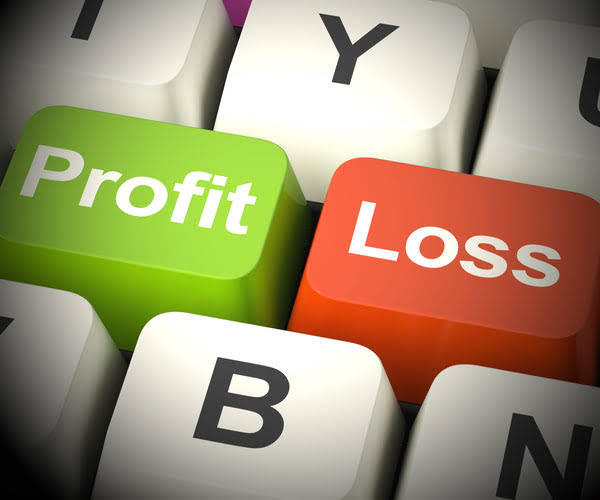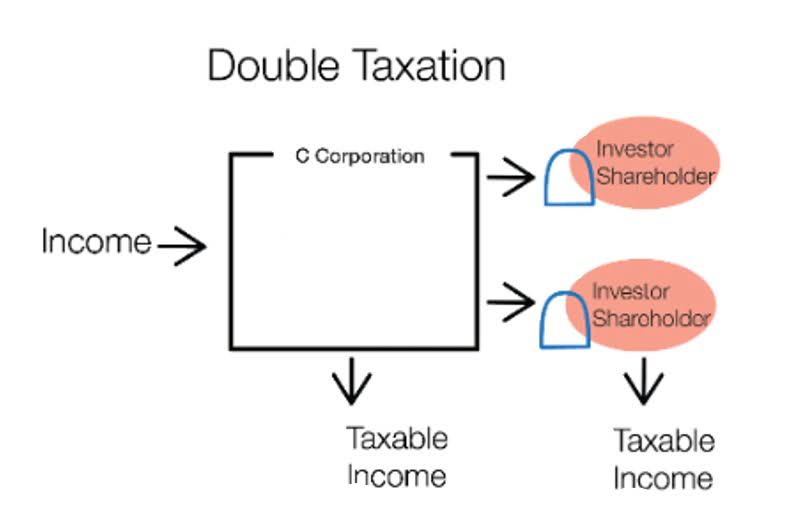
Retained earnings hold enormous significance for business owners and potential investors as they are a barometer of a company’s financial health and historical profitability. When a company consistently boasts positive retained earnings, it’s generally seen as a signal of a profitable company that can self-fund its growth, appealing to investors seeking stable investments. The statement of retained earnings can be seen either as a standalone statement or within the balance sheet or income statement net sales of a company.

FAQ: Master Your Understanding of Retained Earnings
The other half of the profits are considered retained earnings because this is the amount of earnings the company kept or retained. In the long run, https://www.bookstime.com/retained-earnings such initiatives may lead to better returns for company shareholders, rather than those gained from dividend payouts. Paying off high-interest debt also may be preferred by both management and shareholders, instead of dividend payments. Management and shareholders may want the company to retain earnings for several different reasons. Being better informed about the market and the company’s business, the management may have a high-growth project in view, which they may perceive as a candidate for generating substantial returns in the future.
- If your company is very small, chances are your accountant or bookkeeper may not prepare a statement of retained earnings unless you specifically ask for it.
- Contrary to common misconceptions, retained earnings are not a pool of cash but an expression of how much of the company’s earnings have been reinvested in the business or kept as a reserve.
- While retained earnings signal the potential for wealth creation through reinvestment, they do not equate to immediate financial affluence.
- Fully grasping how to calculate retained earnings not only gives you a figure to work with but also better insights into your financial health and reinvestment effectiveness.
- By understanding and effectively managing retained earnings, businesses can reinvest in growth opportunities, pay down debt, and improve overall financial stability.
- External reporting requirements also involve incorporating certain disclosure mandates from regulatory bodies, such as the Securities and Exchange Commission (SEC).
How to prepare a statement of retained earnings for your business.

Equity is a measure of your business’s worth, after adding up assets and taking away liabilities. Knowing how that value has changed helps shareholders understand the value of their investment. They are a measure of a company’s financial health, and they can promote stability and growth. Generally speaking, a company with a negative retained earnings balance would signal weakness because it indicates that the company has experienced losses in one or more previous years.
- Dividends are distributions of the company’s profits to its shareholders, decreasing the retained earnings balance.
- Additionally, major events—like raising new capital, audits, or dividend payments—also require up-to-date retained earnings reporting.
- Let’s face it—managing finances isn’t always the most exciting part of running your business.
- This is your opening balance and serves as the foundation for the current period’s statement.
- It serves as a clear indicator of a company’s financial health and indicates how much profit has been kept on the books over a specific period.
Subtracting Dividend Payouts

Retained earnings offer internally generated capital to finance projects, allowing for efficient value creation by profitable companies. However, note that the above calculation is indicative of the value created with respect to the use of retained earnings only, and it does not indicate the overall value created by the company. Retained earnings are the portion of a company’s cumulative profit that is held or retained and saved for future use. Retained earnings could be used to fund an expansion or pay dividends at a later date. Retained earnings are related to net (as opposed to gross) income because they reflect the net income the company has saved over time. The statement of retained earnings is a financial statement that summarizes the changes in the amount of retained earnings during a particular period of time.
- On the other hand, it could be indicative of a company that should consider paying more dividends to its shareholders.
- Positive retained earnings indicate a company’s history of generating profits and reinvesting them in the business, whereas negative retained earnings can be a warning sign of financial turmoil or mismanagement.
- This document reflects a company’s financial strategy and operational outcomes.
- Investors want to see an increasing number of dividends or a rising share price.
- This reservoir is known as retained earnings, a pivotal component of shareholder equity that reflects a firm’s financial health and strategic understanding.
- It’s essential to fine-tune these numbers as they send a strong message about the company’s financial stewardship and future prospects.
- J.B. Maverick is an active trader, commodity futures broker, and stock market analyst 17+ years of experience, in addition to 10+ years of experience as a finance writer and book editor.

Retained earnings are the net earnings after dividends that are available for reinvestment back into the company or to pay down debt. Since they represent a company’s remainder of retained earning statement earnings not paid out in dividends, they are often referred to as retained surplus. In conclusion, the disclosure and regulatory environment surrounding retained earnings ensures that companies properly present and report their financial information. An organization with healthy retained earnings showcases its efficient working capital management, providing higher confidence to investors. Some factors that can impact retained earnings and, consequently, investment potential are sales revenue, cost of goods sold, depreciation, and other operating expenses. Let’s face it—managing finances isn’t always the most exciting part of running your business.
